The Benefits of People Counting Technology to Retail Stores and Shopping Malls
With the growing popularity of e-commerce stores and online shopping, many predicted that brick and mortar retail stores were on the brink of irrelevance. They were wrong. In 2018, retail stores in the United States made a record $6 trillion in sales. New strides in technology led to the rapid advancement of online shopping and in a similar manner, new technologies are helping retail stores and shopping malls stay competitive.
People counting devices are at the forefront of this rally as more physical stores are leveraging technological solutions to optimize operations, improve customer satisfaction, and boost profitability. Here are some benefits of people counting technology to retail stores and shopping malls:
Retail people counters provide valuable visitor analytics
 People counting devices placed at strategic locations in a retail store can be used to collect valuable customer data. When this data is interpreted, it gives managers a better idea of how their store is performing and which areas need improvement.
People counting devices placed at strategic locations in a retail store can be used to collect valuable customer data. When this data is interpreted, it gives managers a better idea of how their store is performing and which areas need improvement.
For example, data from street counters can show how many people walked past your store, while people counting devices tell you how many people visited. This informs the manager of the need to perhaps make the store more attractive to passers-by. If your store is opened from 8 am to 9 pm and your people counter shows that you hardly get any customers before 10 am and there is a customer rush around 9 pm, it may be a sign that you need to adjust your opening hours.
Visitor analytics helps retail stores understand their physical locations better vis-à-vis customer interaction. When utilized correctly, the data collected can be used to provide real value.
Data from customer counters are used to optimize sales and conversions
With people counters, retail stores can measure customer conversion rate and lost sales opportunities. Data from the devices tells you how many people visited your store, and checkout data tells you how many sales were completed. By comparing the numbers, you can see how many visitors actually bought something and how many sales opportunities were lost.
The manager can then take steps to find out why some visitors abandoned their carts and how to prevent a reoccurrence in the future. Some common reasons for lost sales opportunities include long checkout queues, poor customer service, and subpar product listing/arrangements.
Traffic counter devices measure the effectiveness of new ad campaigns
 In the past, when a retailer launches a new advert or marketing campaign, they can measure how well sales improved as a result. With traffic counters, they can go deeper into the numbers and measure how many more people visited the store after the advert was released. They can find out how many people passed the store without going in, and how many of the visitors made purchases.
In the past, when a retailer launches a new advert or marketing campaign, they can measure how well sales improved as a result. With traffic counters, they can go deeper into the numbers and measure how many more people visited the store after the advert was released. They can find out how many people passed the store without going in, and how many of the visitors made purchases.
If a lot of people passed the store without walking in, that may be a sign that the marketing campaign was not very effective. It needs to be optimized and with data from the people counters, it can be tweaked until it is effective. If many people visited but a good percentage did not make purchases, it shows that the advert worked but in-store operations need to be improved to boost customer conversion.
Traffic counter devices not only tell you how many sales were made, but they also measure how many visitors were attracted to the store per $ spent on marketing. This helps retailers determine the viability of every marketing campaign.
People counting technology helps to improve in-store operations
To run a store optimally, it is important to make constant improvements. Without technology, it is difficult to make these changes within a short time. People counting technology, for example, helps to improve in-store operations like staffing, customer service, and product restocking.
Personal customer service is one of the few advantages that physical retail locations have over online stores. Therefore, it is important to ensure that a store is well-staffed during busy days and peak periods (as shown by data from people counters). When there are enough attendants available to help customers with their shopping, lost sales opportunities are significantly reduced. Also, additional checkout counters may be opened up during these periods to process customers faster and prevent queues; thereby reducing cart abandonment. Furthermore, retail stores may use visitor data to determine off-peak periods. A skeleton staff may be maintained during these times to cut labor costs.
V-Count Visitor Analytics Solutions
V-count is the leading provider of visitor analytics technologies and in addition to people counting technology, we also provide retail outlets and shopping malls around the world with heatmap technology; queue management solutions; and mood, age, and gender (MAG) recognition technology. When combined, these solutions make it possible for physical stores to predict how customers will behave in their stores. As a result, they can streamline their operations to attract more visitors, convert them to customers, and increase profitability.
V-Count also offers retailers a Business Intelligence Platform, a cutting-edge cloud-based analytics for visitor data. This platform analyzes stored data using the latest AI and machine learning tools, making it possible for us to provide businesses with easy-to-understand reports on how visitors behave in their stores and their products. Visit our website to learn more about our services.


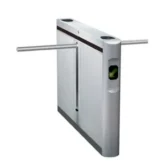














 Cổng từ an ninh
Cổng từ an ninh Cổng từ an ninh AM
Cổng từ an ninh AM Cổng từ an ninh EM
Cổng từ an ninh EM Cổng từ an ninh RF
Cổng từ an ninh RF Cổng từ an ninh Sensormatic
Cổng từ an ninh Sensormatic Tem từ an ninh
Tem từ an ninh Bộ gỡ tem từ
Bộ gỡ tem từ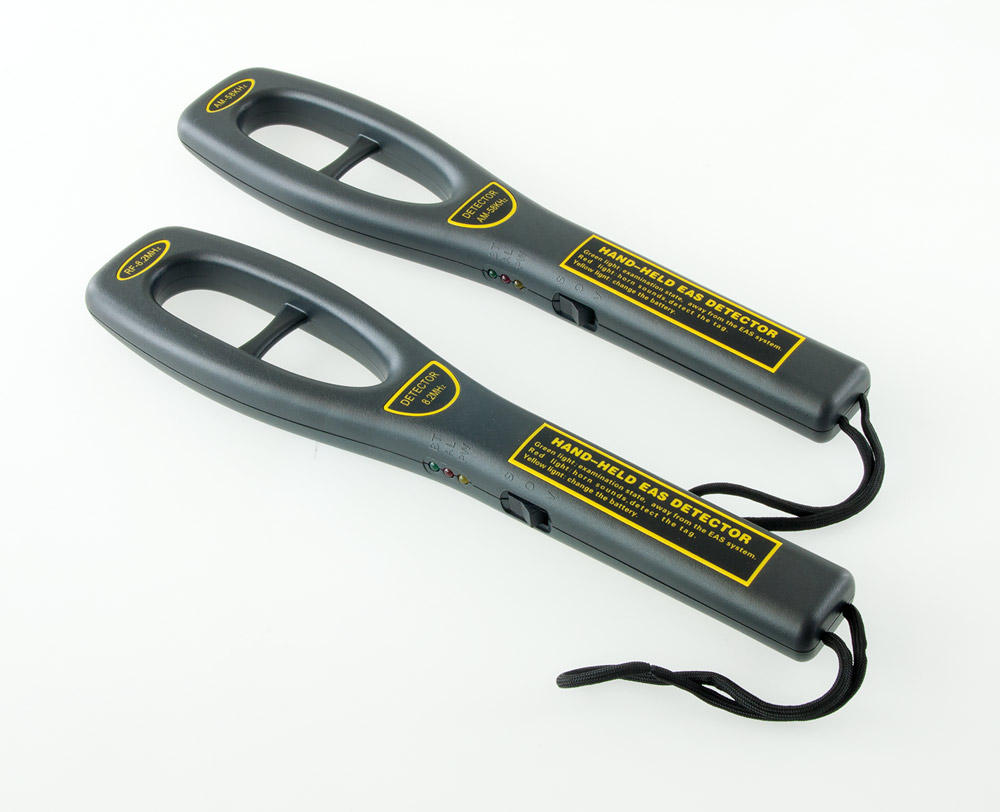 Tay dò tem từ an ninh
Tay dò tem từ an ninh Hệ thống RFID
Hệ thống RFID Anten RFID
Anten RFID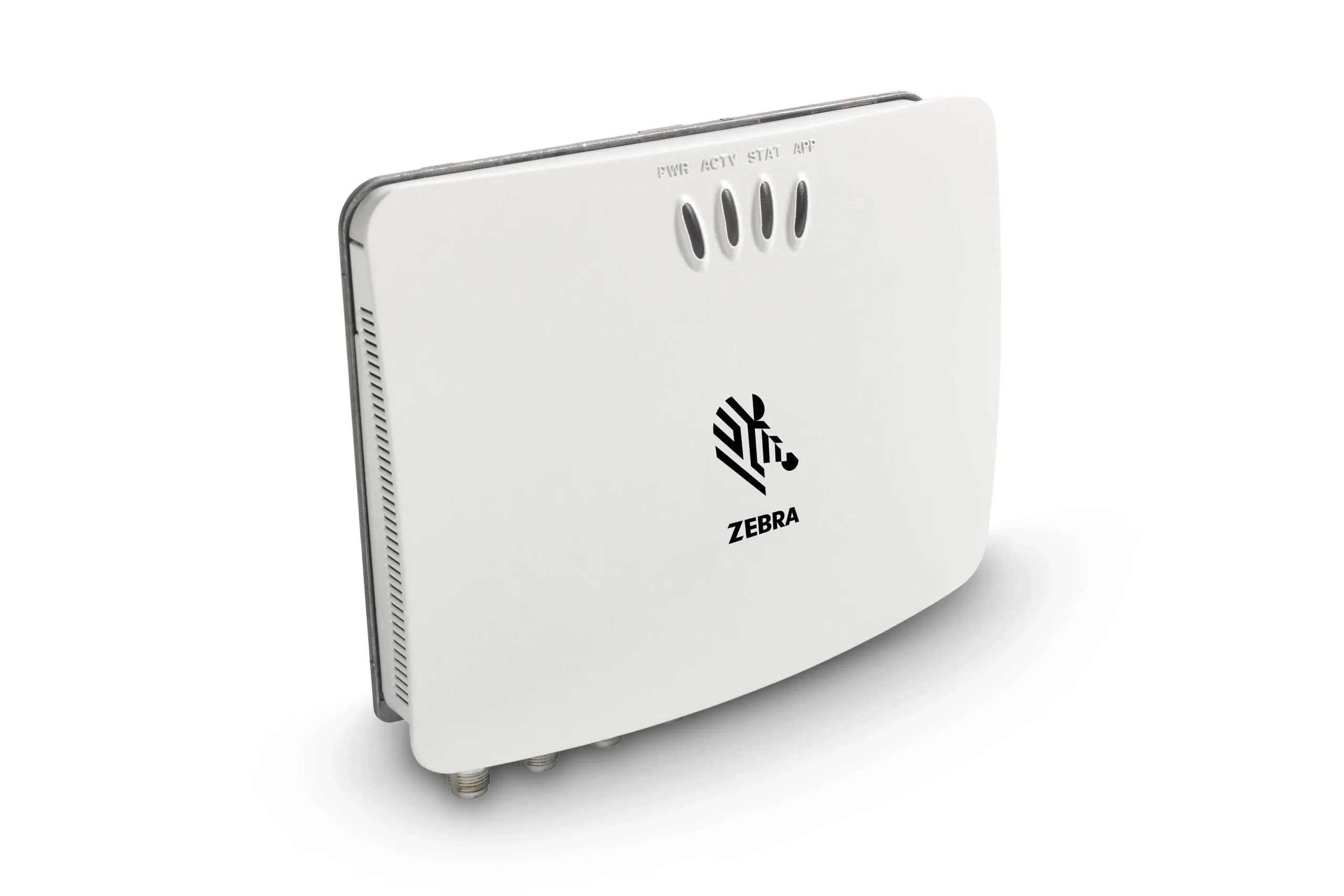 Đầu đọc RFID
Đầu đọc RFID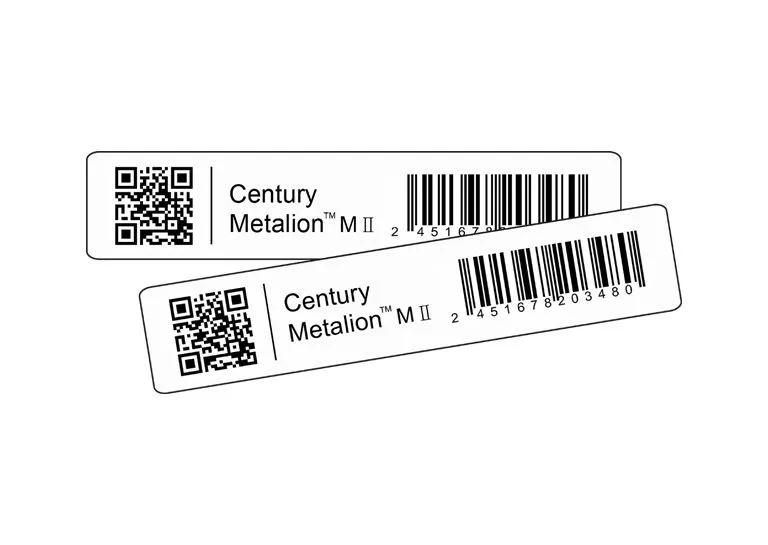 Tem từ RFID
Tem từ RFID Thiết bị đọc cầm tay RFID
Thiết bị đọc cầm tay RFID Máy in mã vạch RFID
Máy in mã vạch RFID Máy in tem RFID
Máy in tem RFID Thiết bị RFID khác
Thiết bị RFID khác Hệ thống đếm người
Hệ thống đếm người Máy đếm người FootfallCam
Máy đếm người FootfallCam Hệ thống đếm người camera 2D
Hệ thống đếm người camera 2D Hệ thống đếm người camera 3D
Hệ thống đếm người camera 3D Hệ thống đếm người hồng ngoại
Hệ thống đếm người hồng ngoại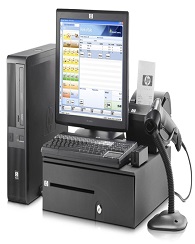 Hệ thống POS
Hệ thống POS Máy quét mã vạch
Máy quét mã vạch Giấy in mã vạch
Giấy in mã vạch Két đựng tiền
Két đựng tiền Máy in giấy A4
Máy in giấy A4 Máy in hóa đơn
Máy in hóa đơn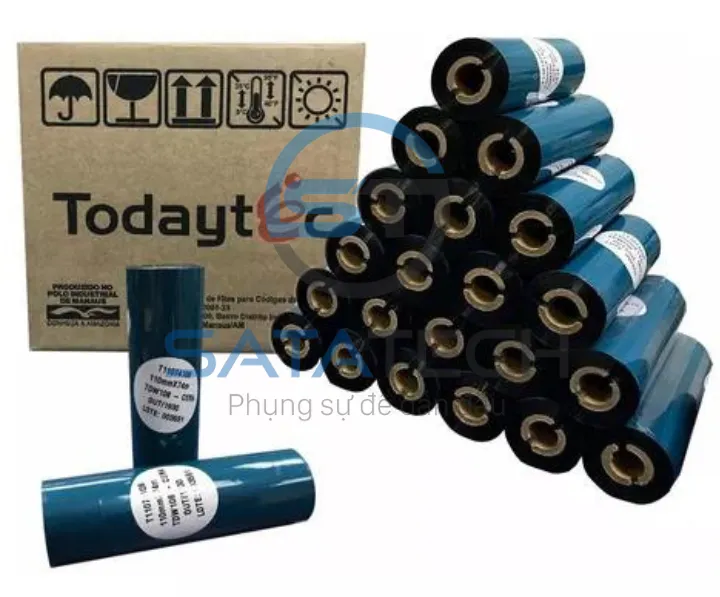 Mực in mã vạch
Mực in mã vạch Cổng dò kim loại
Cổng dò kim loại Cổng dò kim loại Ceia
Cổng dò kim loại Ceia Cổng dò kim loại safeway
Cổng dò kim loại safeway Cổng dò kim loại ZKTeco
Cổng dò kim loại ZKTeco Tay dò kim loại
Tay dò kim loại Máy chấm công
Máy chấm công Thiết bị POS Zebra
Thiết bị POS Zebra Máy chấm công vân tay
Máy chấm công vân tay Máy chấm công nhận diện khuôn mặt
Máy chấm công nhận diện khuôn mặt Máy chấm công Suprema
Máy chấm công Suprema Máy chấm công thẻ cảm ứng
Máy chấm công thẻ cảm ứng Máy chấm công thẻ giấy
Máy chấm công thẻ giấy Camera quan sát
Camera quan sát Camera Analog
Camera Analog Camera chống cháy nổ
Camera chống cháy nổ Camera IP
Camera IP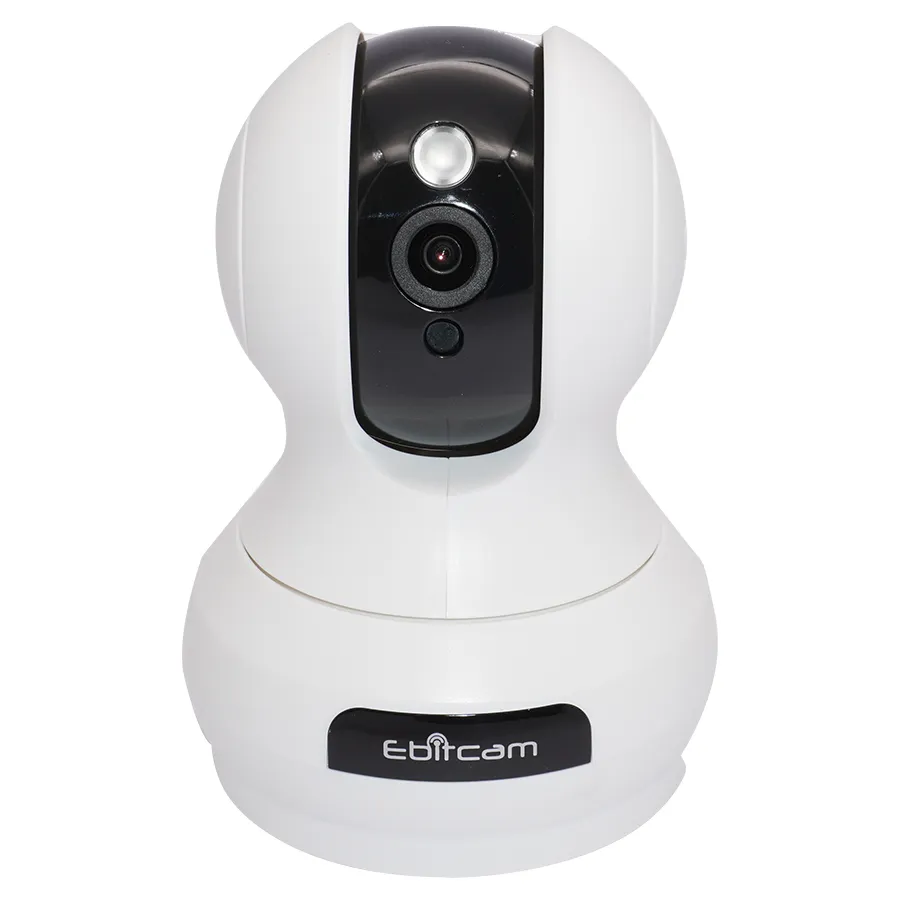 Camera Wifi
Camera Wifi Khóa điện tử
Khóa điện tử Khóa cửa cổng điện
Khóa cửa cổng điện Khóa cửa khách sạn
Khóa cửa khách sạn Khóa cửa mã số
Khóa cửa mã số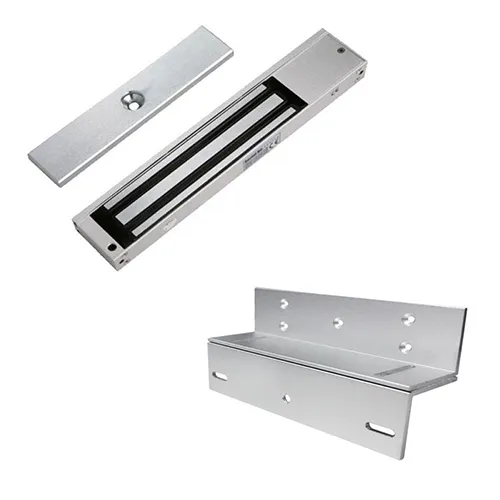 Khóa cửa nam châm từ
Khóa cửa nam châm từ Khóa cửa thẻ từ
Khóa cửa thẻ từ Khóa cửa vân tay
Khóa cửa vân tay Thiết bị khác
Thiết bị khác


